State of World Population
The State of World Population is an annual report published by the United Nations Population Fund (UNFPA). Each edition covers and analyses developments and trends in world population and demographics, as well as shedding a light on specific regions, countries and population groups and the unique challenges they face.

State of World Population 2025
The Real Fertility Crisis - The Pursuit of Reproductive Agency in a Changing World
In 2025, the global fertility rate is making headlines. In many countries, birth rates are declining, leading policymakers to sound the alarm over the potential for “population collapse”. In an attempt to mitigate the demographic changes, they face, some governments are employing drastic measures to persuade women to have more children. Despite this fact, millions of people around the world are unable to have the number of children they want. In every country, regardless of total fertility rate, the most consequential reproductive decision a human being can make – when, whether and with whom to have a child – is being undermined. UNFPA’s new State of World Population report argues that the real crisis we are facing is not a problem of demographic change: It is a crisis of reproductive agency.
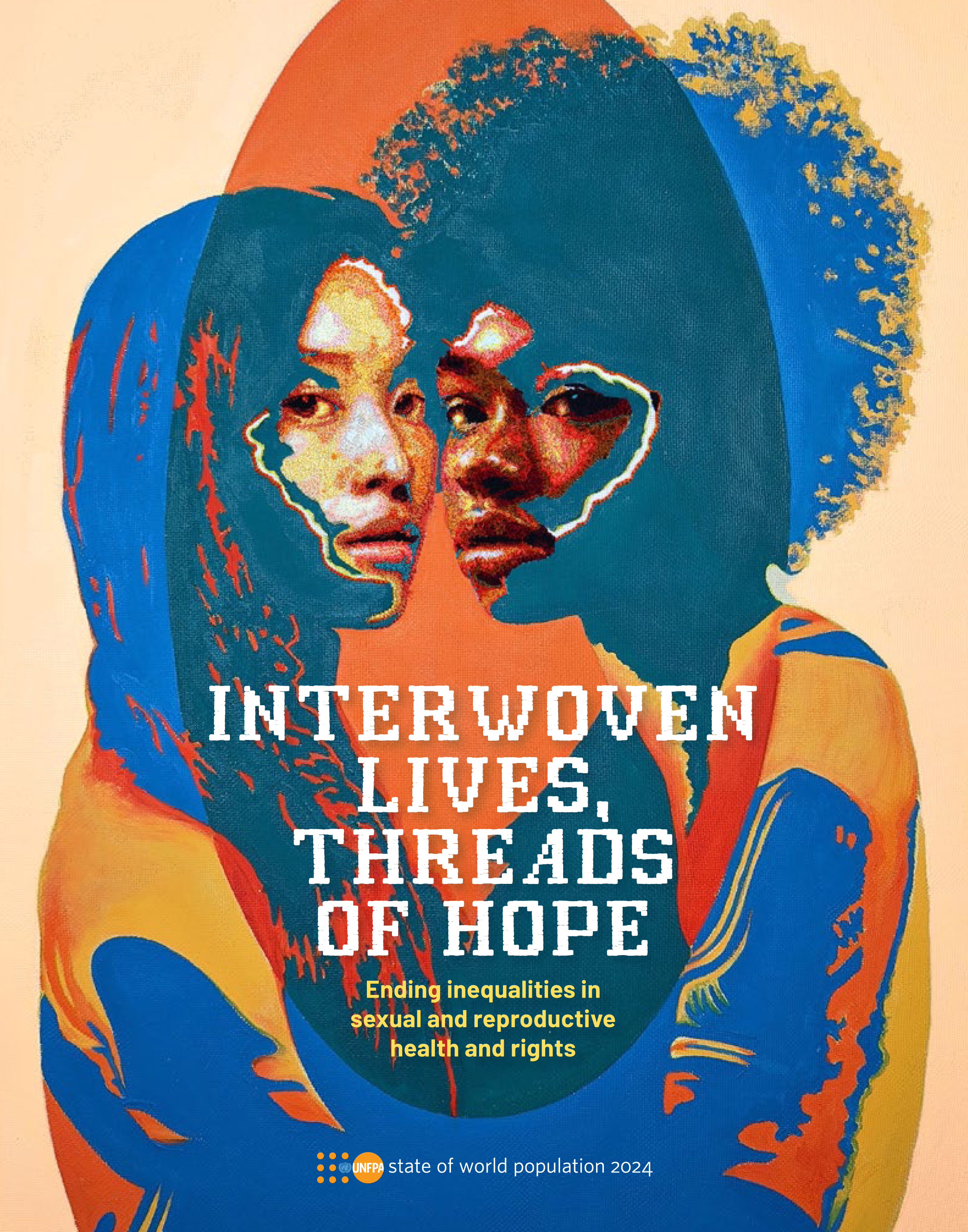
State of World Population 2024
Interwoven Lives, Threads of Hope - Ending Inequalities in Sexual and Reproductive Health and Rights
This year's report takes the 30th anniversary of the 1994 International Conference on Population and Development as an opportunity to reflect on how far we have come in achieving sexual and reproductive health and rights for all. While the report celebrates the significant gains made, it also considers who has been left out of that progress, arguing that a more equitable future for all requires a renewed commitment to empowering those furthest behind.
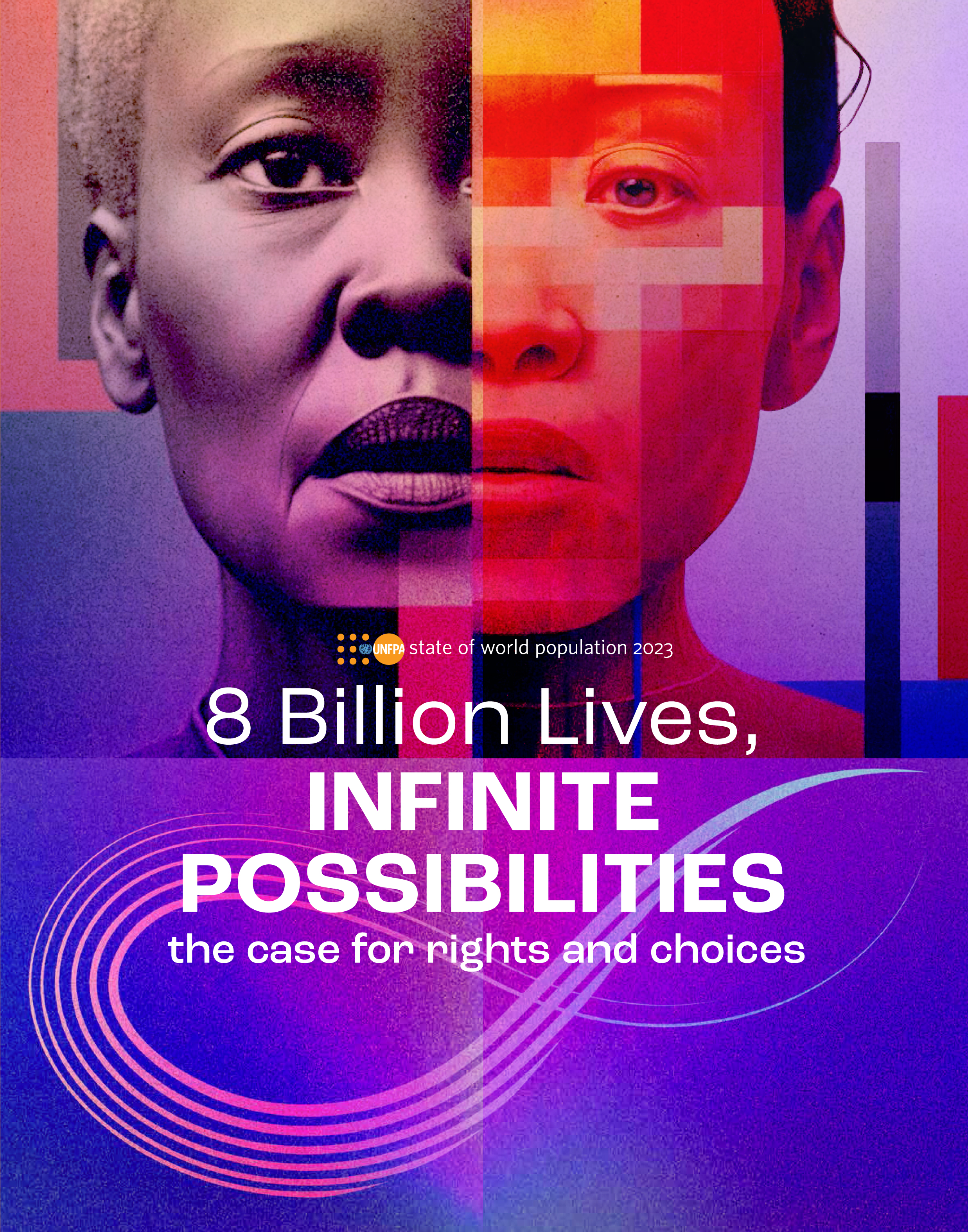
State of World Population 2023
8 Billion Lives, Infinite Possibilities: The Case for Rights and Choices
The State of World Population report 2023 will discuss the milestone of 8 billion recently reached by the human population and the narratives surrounding population change. We will look in particular at discourses which put forward ideas of 'too many' or 'too few' people and at the harm this can cause women and girls whose reproductive choices are on the line.
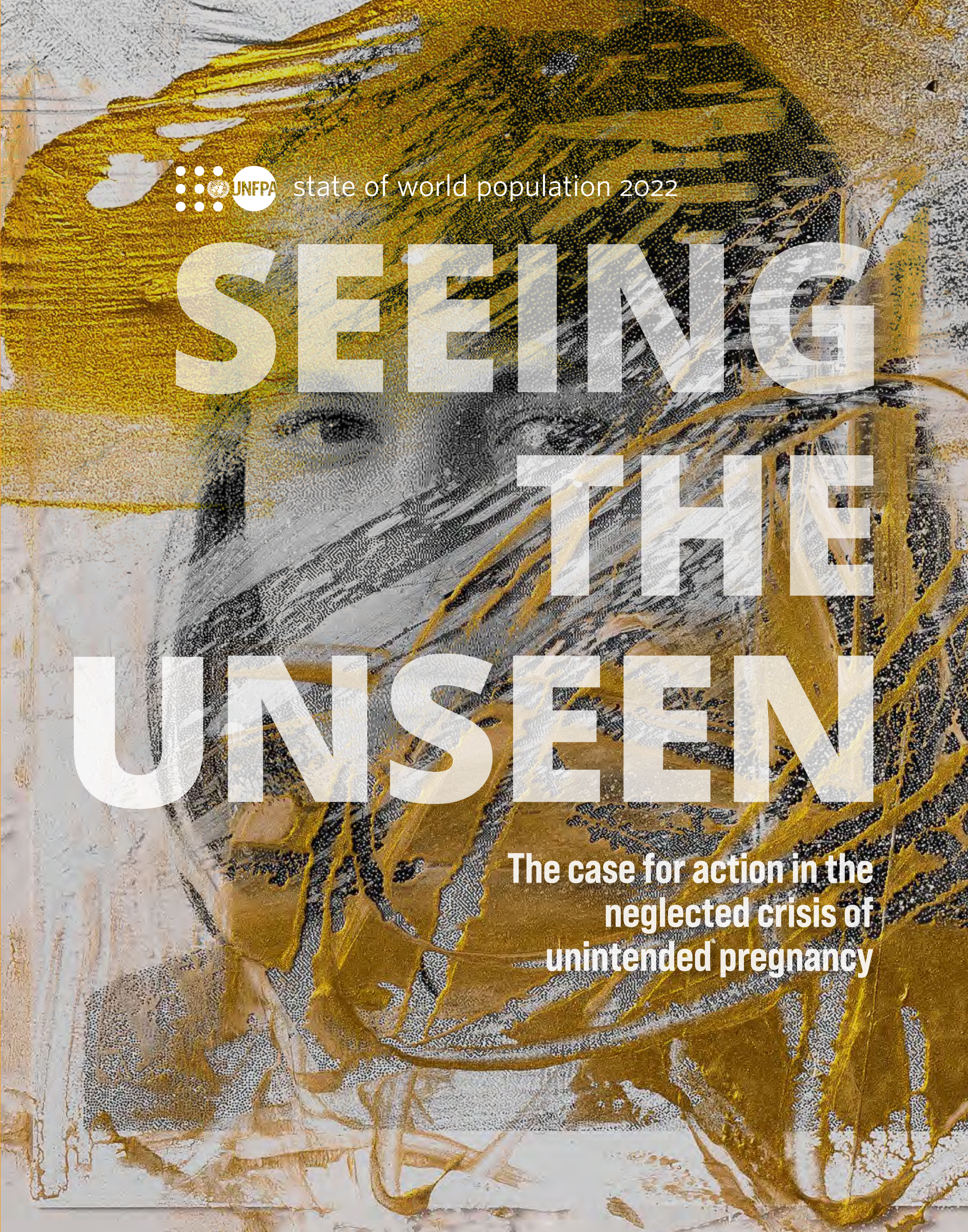
State of World Population 2022
Seeing the Unseen - The Case for Action in the Neglected Crisis of Unintended Pregnancy
The State of World Population 2022 will take up the issue of unintended pregnancy and look at its drivers and impact. We will take a look at causes and consequences of unmet need for family planning, but also at the constellation of forces that can lead to an unintended pregnancy and at how that pregnancy can harm a woman’s or adolescent’s health, her earnings potential and more.
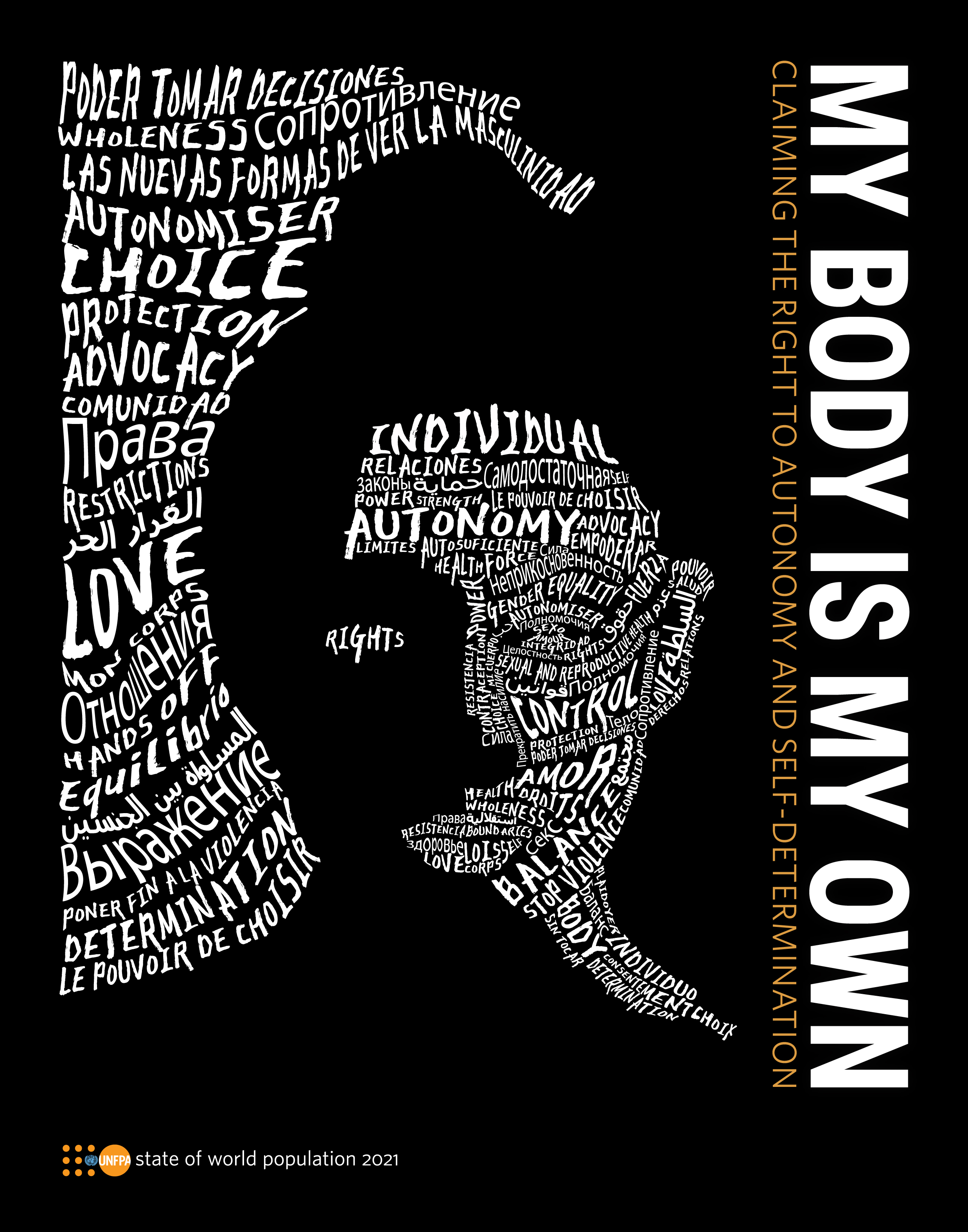
State of World Population 2021
My Body is My Own - Claiming the Right to Autonomy and Self-Determination
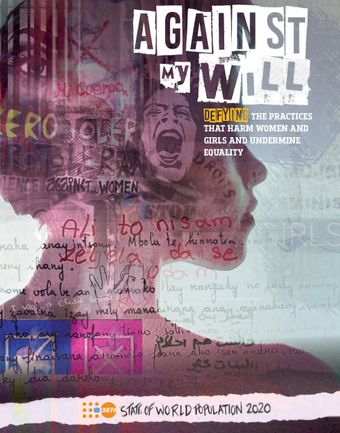
State of World Population 2020
Against My Will - Defying the Practices that Harm Women and Girls and Undermine Equality
This publication documents the origins, drivers and prevalence of harmful practices within and across developing and developed countries as well as in humanitarian settings. It also highlights their impact on girls’ and women’s health, well-being and rights throughout their lives, the impact on demographics, national economies, development and eventual achievement of the Sustainable Development Goals. Where relevant, it also highlights the impact on boys.
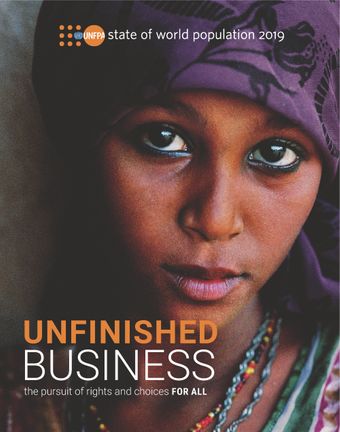
State of World Population 2019
Unfinished Business - The Pursuit of Rights and Choices for All
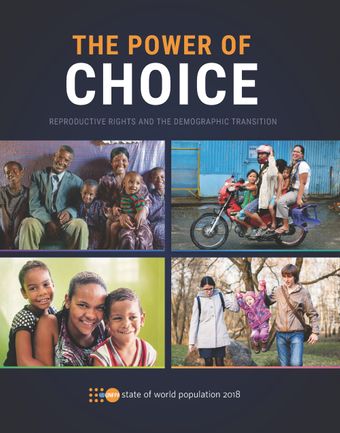
State of World Population 2018
The Power of Choice - Reproductive Rights and the Demographic Transition
Human rights are universal, interrelated and interconnected. This publication highlights the fact that reproductive rights, one of the most fundamental rights inherent to all persons and one of the most intimate choices a person can make, are still not available to all. Evidence remains that the right to make choices remains limited for far too many women. The extent to which couples and individuals have the power to make their own decisions about whether and when to have children, and how many children to have, directly impacts fertility levels. Fertility levels vary greatly between developed countries and least developed countries. They provide a general indication of the state of reproductive rights. This publication shows that great disparities are often tied to social and economic inequities and need to be addressed.
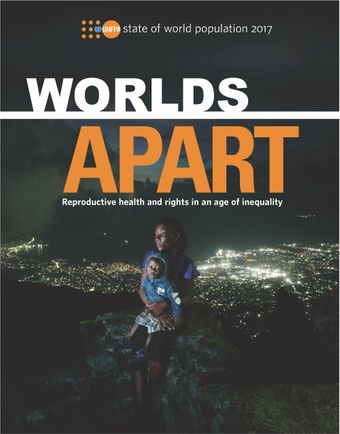
State of World Population 2017
Worlds Apart - Reproductive Health and Rights in an Age of Inequality
No country today—even those considered the wealthiest and most developed—can claim to be fully inclusive, where all people have equal opportunities and protections, and fully enjoy their human rights. In many developing countries, women who are poor, in the bottom 20 per cent of the income scale, and particularly those who are in rural areas, are far less likely to have access to contraceptives, and care during pregnancy and birth than their wealthier urban counterparts.
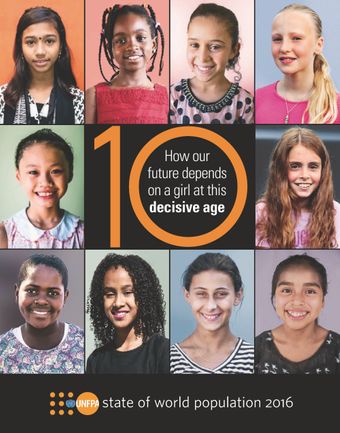
State of World Population 2016
How Our Future Depends on a Girl at this Decisive Age
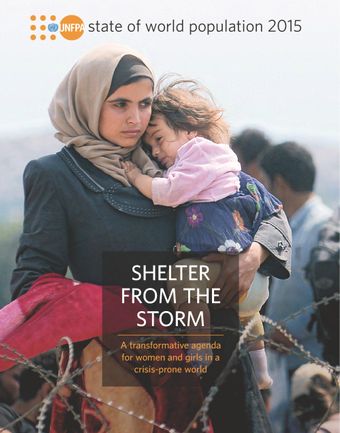
State of World Population 2015
Shelter from the Storm - A Transformative Agenda for Women and Girls in a Crisis-Prone World
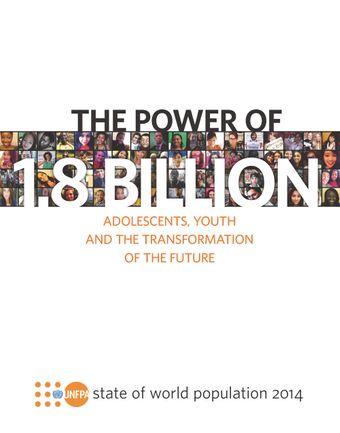
State of World Population 2014
The Power of 1.8 Billion - Adolescents, Youth and the Transformation of the Future
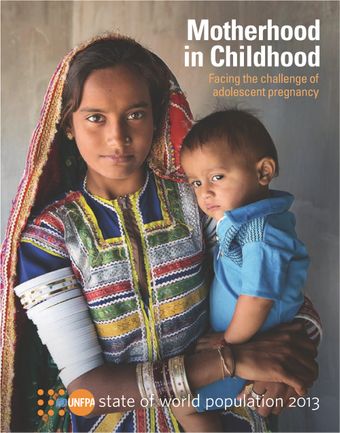
State of World Population 2013
Motherhood in Childhood - Facing the Challenge of Adolescent Pregnancy
The newest edition of the UNFP flagship report offers a wide range of insights on the impact that teenage pregnancies can have on the health of young girls, their education and their lives. In this publication, a certain number of necessary recommendations are made, more precisely actions that governments, civil society and international organizations can take to address the underlying causes of adolescent pregnancy in various contexts around the world.
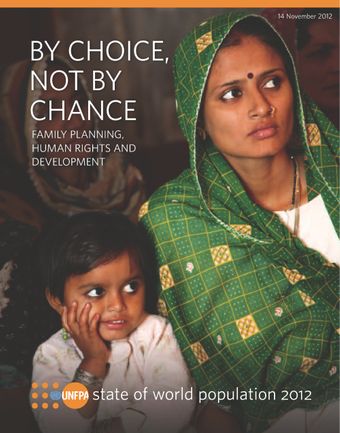
State of World Population 2012
By Choice, Not by Chance - Family Planning, Human Rights and Development
Family planning is a human right. Still, 222 million women in developing countries do not have access to contraception and are at risk of unplanned pregnancy that can cause health complications and financial hardship. The State of the World Population 2012 explains why family planning is a right that reinforces other rights, such as the right to health or the right to education. The report further documents the economic and social benefits accrued to households, communities and countries when the right to family planning is exercised by women, men and young people.
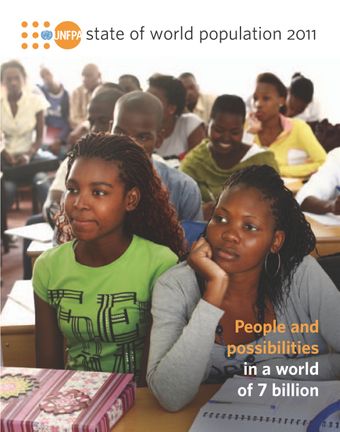
State of World Population 2011
People and Possibilities in a World of 7 Billion
In late 2011, the global population will reach 7 billion, up from 6 billion in barely 12 years. This Report examines how the world got to this milestone, mentioning factors such as the big strides in health care that allow older people to live longer, more children to survive to adulthood and beyond, as well as policies and other initiatives that allow women to play a stronger role in society. This overview includes analysis of the latest demographic trends, such as the unprecedented youth bulge, as well as projections and implications for the quality of life of women, men and young people. The Report includes original reporting from China, Egypt, Ethiopia, Finland, India, Mexico, Mozambique, Nigeria and the Former Yugoslav Republic of Macedonia.
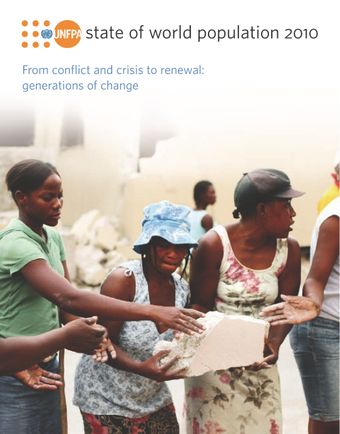
State of World Population 2010
From Conflict and Crisis to Renewal - Generations of Change
In 2000, the United Nations Security Council passed Resolution 1325, recognizing the vulnerability of women and girls to violence during and after armed conflict, and the absence (or low level) of women’s representation in efforts to prevent war, build peace and restore devastated societies. This Report highlights how women in conflict and post-conflict situations — as well as in emergencies or protracted crises — are faring a decade later. It is constructed around interviews and reporting in Bosnia and Herzegovina, Haiti, Jordan, Liberia, the Palestinian territory of the West Bank, Timor-Leste and Uganda, which are rebuilding with limited resources. Some have experienced profound social changes as a result of war and displacement.
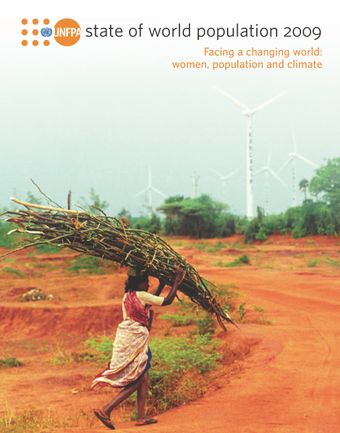
State of World Population 2009
Facing a Changing World - Women, Population and Climate
The whole world has been talking about carbon credits, carbon trading and emissions targets. But not enough has been said about the people whose activities contribute to those emissions or about those who will be most affected by climate change, especially women. How do population dynamics affect greenhouse gases and climate change? Will urbanization and an ageing population help or hinder efforts to adapt to a warming world? And could better reproductive health care and improved relations between women and men make a difference in the fight against climate change? The linkages between population and climate change are in most cases complex and indirect. But the nature of these linkages is becoming clear enough to arrive at the key recommendations of this report for mitigating climate change and aiding adaptation to it: elicit a new level of engagement by Governments in the areas of population and development, provide access to reproductive health and actively support gender equality.
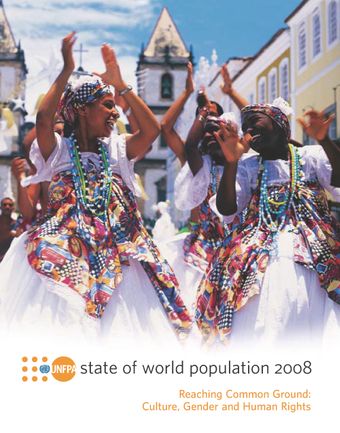
State of World Population 2008
Reaching Common Ground - Culture, Gender and Human Rights
The State of World Population 2008 demonstrates that an appreciation for cultures and values is a critical but sometimes overlooked aspect of successful development strategies. It shows how culture can strengthen and validate human rights perspectives and enable their broader acceptance, ownership and realization. The report argues that synergy between the global human rights agenda and cultural aims can help advance the Millennium Development Goals and contribute to ending extreme poverty.
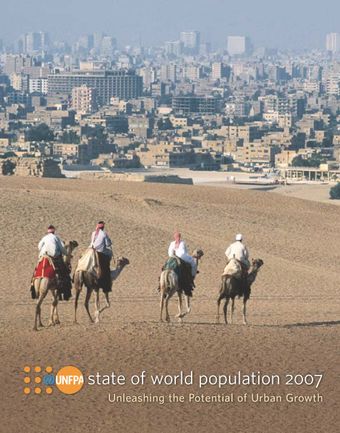
State of World Population 2007
Unleashing the Potential of Urban Growth
In 2008, for the first time in history, more than half of the world’s population, 3.3 billion people, will be living in urban areas. Urbanization—the increase in the urban share of total population—is inevitable, but it can also be positive. This Report looks beyond current problems. It examines the implications of impending urban growth and discusses what needs to be done, with specific attention to poverty reduction and sustainability.
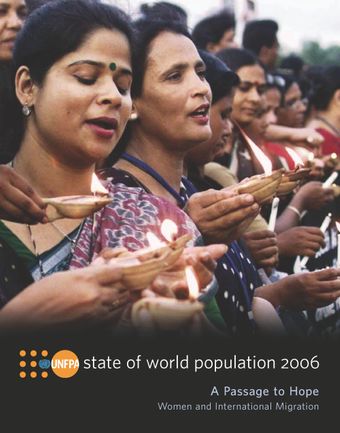
State of World Population 2006
A Passage to Hope - Women and International Migration
This year’s report focuses on the lives of migrant women. Every year millions of women working overseas send hundreds of millions of dollars in remittances back to their homes and communities. These funds go to feed and educate children, provide health care, build homes, foster small businesses and generally improve living standards for loved ones left behind. For host countries, the labour of migrant women is so embedded in the fabric of society that it goes virtually unnoticed. Migrant women toil in the households of working families, soothe the sick and comfort the elderly. They contribute their technical and professional expertise, pay taxes and quietly support a quality of life that many take for granted.
